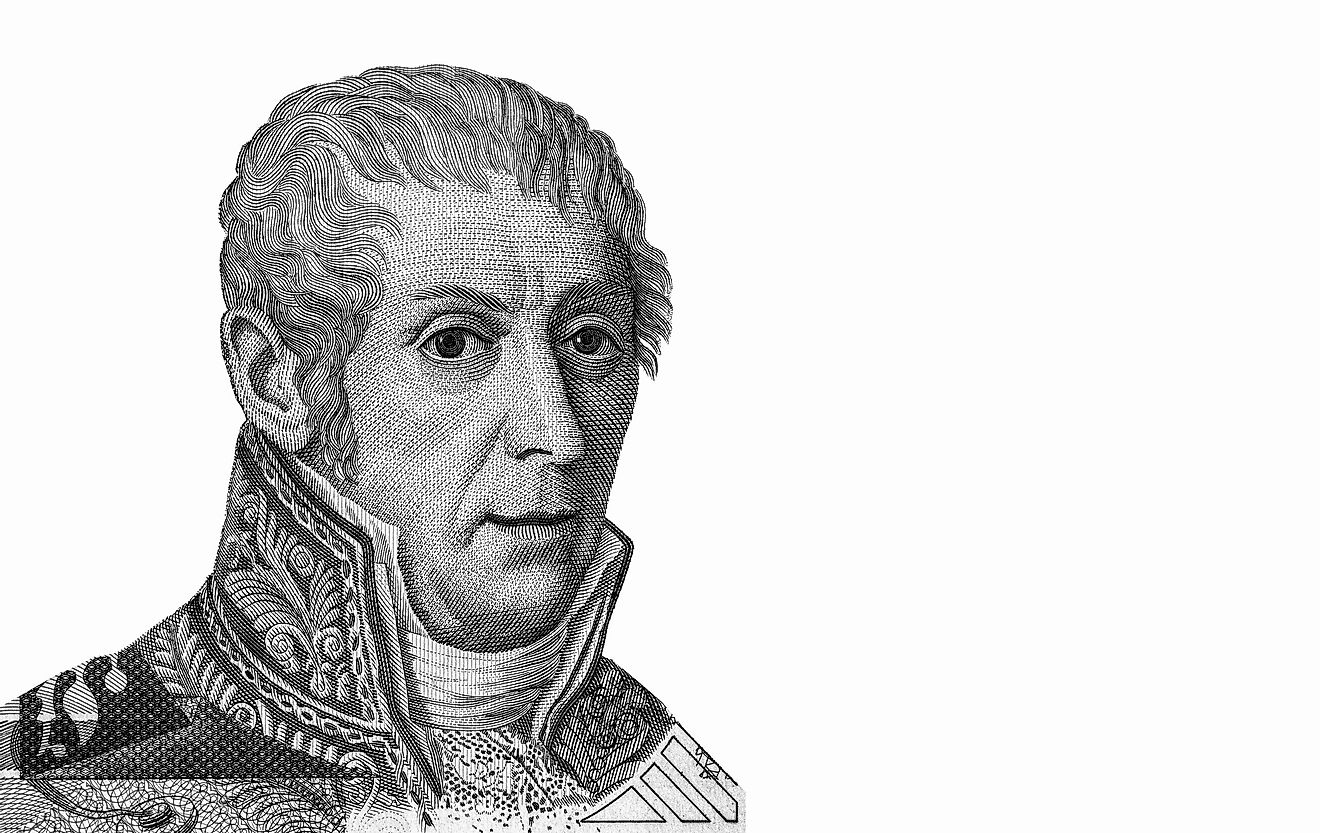Who Invented the Electric Battery?

A battery is a device that generates electricity through a chemical reaction, and was the main source of electricity before the invention of electrical grids and generators. Batteries are used for powering devices such as mobile phones, flashlights, and electric cars. A battery cell has both positive and negative terminals, known as cathode and anode, respectively, and the negative terminal is the source of electrons that flow to the positive terminal through an external electric circuit. Batteries exist in different shapes and sizes depending on the size and power needs of the device. The largest battery cells are those used to provide emergency power.
History
The term "battery" was coined by American scientist Benjamin Franklin in 1748 to describe several charged glass plates. The glass plates, known as capacitors, were coated with metal on the surface and were charged using a static generator. In 1780, while dissecting a frog fixed to a brass hook, Italian physician and physicist Luigi Galvani touched the frog's leg with his iron scalpel and the leg twitched, causing him to believe that the energy that caused the twitching came from the leg itself. Galvani referred to this phenonmena as "animal electricity." However, fellow Italian scientist and friend, Alessandro Volta, disagreed with Galvani, believing that the contraction was caused by the joining of two metals by a moist intermediary. Volta conducted several experiments to verify his hypothesis, and published the results in 1791. In 1800, Volta invented the first battery, which he called a voltaic pile.
Inventor of the Battery: Alessandro Volta
Born in present-day northern Italy in 1745, Alessandro Volta was an Italian chemist, physicist, and a pioneer of electricity and power. In addition to the electric battery, Volta is also credited with the discovery of methane. Volta became a professor of physics in 1774, and a year later improved the electrophorus, which is a manual capacitive electrostatic generator. From 1776 to 1778, he studied the chemistry of gases, and researched and discovered methane. Through several experiments on frogs, Volta discovered the electrochemical series, which is now called Volta’s Law of the electrochemical series. In 1800, Volta invented the first electric battery, known as the voltaic pile.
Impact of Volta’s Discovery
The voltaic pile is considered the first electric battery that was able to continuously provide an electric current to a circuit. The battery was made by stacking several pairs of alternating zinc and copper discs separated by cardboard or cloth soaked in brine to act as an electrolyte. Electricity flowed through the pile when the top and the bottom were connected by a wire. It was through this electric battery that several other discoveries were made, including the electrical decomposition of water into hydrogen and oxygen, and the isolation of other chemical elements such as potassium, sodium, calcium, barium, boron, and magnesium. In the 19th century, the electrical industry depended on electricity powered by batteries that were related to the voltaic pile.
Shortfall of the Voltaic Pile
Although the invention of the voltaic pile was a major step in developing the electrical industry, the battery itself had a lot of technical flaws. For example, the brine that was used as an electrolyte constantly leaked, causing short-circuits. Additionally, the batteries had a short life, which was inconvenient to most users. However, despite these flaws, the batteries were a more reliable source of electricity than Leyden jars.







